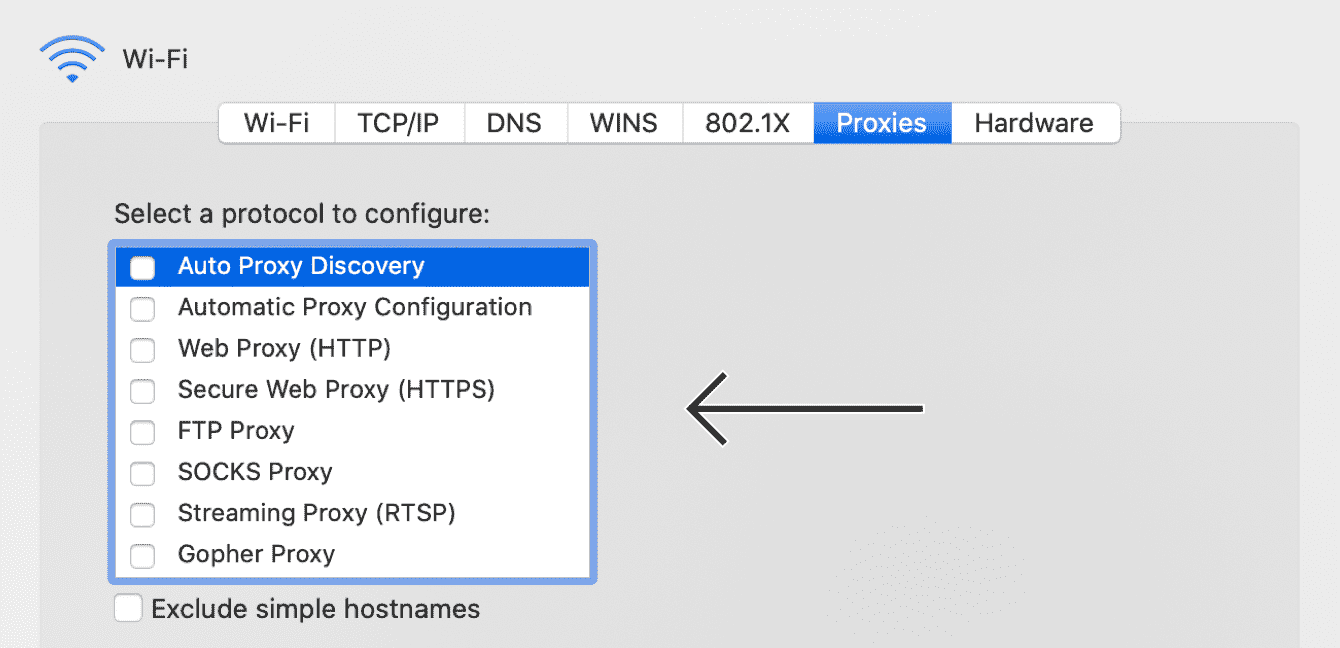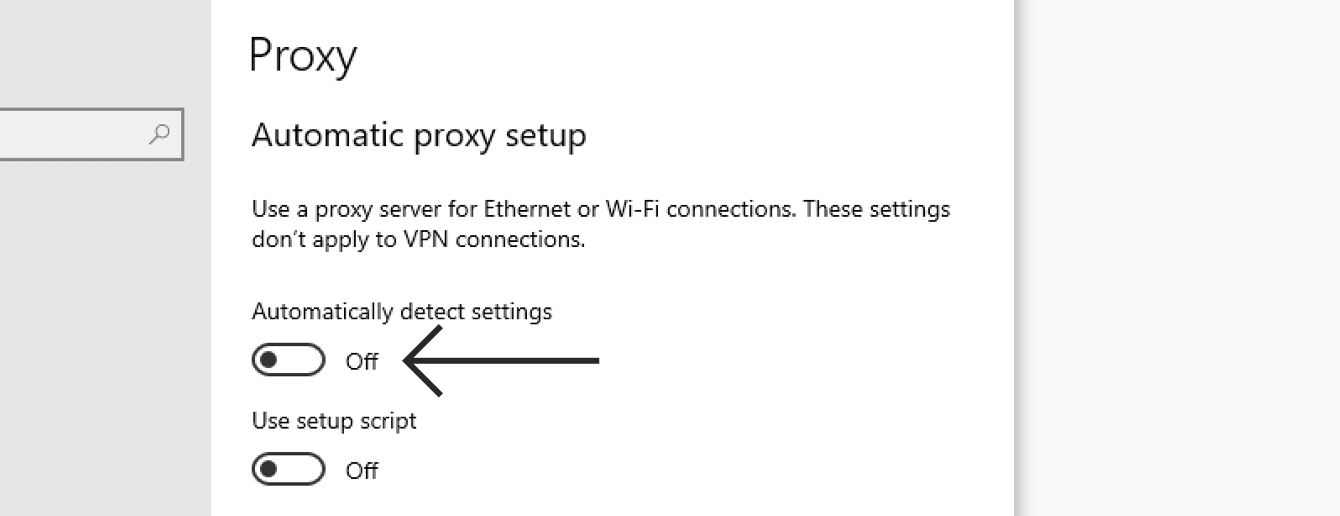


Post navigation ← WordPress Security Headers plugin version 0.9 released WordPress Security Headers version 1. This entry was posted in Internet and tagged burp suite, OS X, Proxy on by Simon Waters.
Chrome not using proxy settings mac os x install#
Note if you don’t install Chrome Canary the pop-up to install it doesn’t steal focus, so may end up immediately beneath the Terminal in which you ran the “open” command. If using Burp Suite you will still need to import the CA certificate into Key Chain access and Trust it. Is is possible to do it just for Chrome Firefox for example doesnt require changing global proxy settings. The HTTP/HTTPS means it isn’t suitable for websocket based applications. How can I change proxy settings for Google Chrome without changing the proxy settings for entire operating system I know that I can go to Network in System preferences, but that changes proxy settings globally. The answer to your question is that Calibre is 'proxy aware' but what you need to do to get it to work in OS X is beyond me. This allows testing apps with a very modern Chrome instance with no messing about local proxy settings, and running two versions of Chrome side by side easily. Chrome gets its network preferences from the system's settings so here's where you're going to customize your proxy server. After you click to open the proxy settings, a window with your advanced network connections settings will pop-up. So one must install a Chrome extension to modify these settings if not using the system proxy settings. Scroll to the bottom of the page where you'll find Open proxy settings. Will enable the browser to talk to a proxy on 127.0.0.1:8080 for HTTP and HTTPS without affecting the system proxies. The biggest limitation is that there is currently no UI for managing Chromes proxy settings (noted in Issue 937413). Open -a /Volumes/Google\ Chrome\ Canary/Google\ Chrome\ Canary.app/Contents/MacOS/Google\ Chrome\ Canary -args -proxy-server=127.0.0.1:8080 If you wish to use the Chrome web browser on a Mac with a proxy different from the system settings in Chrome, one such reason might be using Burp Suite whilst also using your browser normally, then this is a possible configuration. So one must install a Chrome extension to modify these settings if not using the system proxy settings.If you wish to use the Chrome web browser on a Mac with a proxy different from the system settings in Chrome, one such reason might be using Burp Suite whilst also using your browser normally, then this is a possible configuration.ĭownload Chrome Canary, which defaults to its own profile, and mount the disk image then command: For a more global (non site-specific) method, you can also confirm that the cache is reset with the Console, which you can find in Applications > Utilities or by using Spotlight. The biggest limitation is that there is currently no UI for managing Chrome's proxy settings (noted in Issue 937413). If you don’t see the new IP address, consider changing DNS settings on your Mac and flushing the cache again.

The emphasis moving forward will be on exposing a common set of capabilities through Chrome's settings rather than inconsistent capabilities from system proxy settings. Instead of file:// URL in system proxy settings, one can set a PAC script from local sources using Chrome's internal proxy settings. Chromium Blog Google Chrome Extensions Except as otherwise noted, the content of this page is licensed under a Creative Commons Attribution 2. The current usage is primarily from file:// URL in system proxy settings, which is an incorrect interpretation of the settings on macOS and Windows. marking this as WontFix to indicate that the deprecation will stick - we will not be supporting file:// URLs when the Network Service is enabled, and will be deprecating support completely in the future. The decision is definitive, as explained in this issue comment: Google Chrome has stopped supporting PAC files for proxy configuration.


 0 kommentar(er)
0 kommentar(er)
